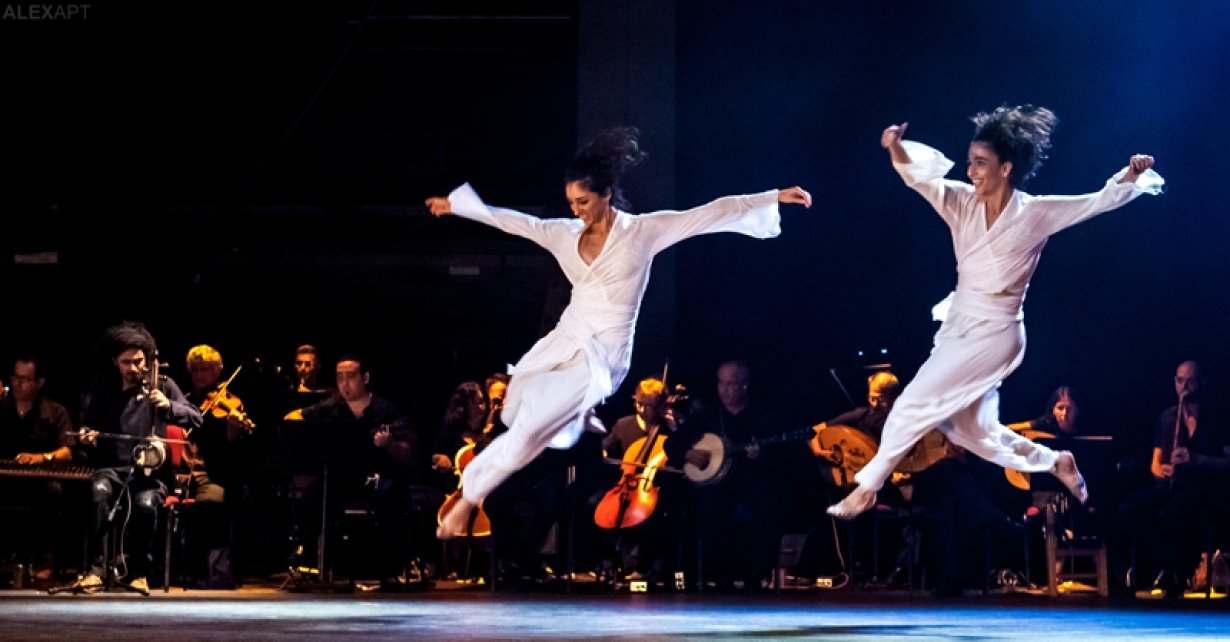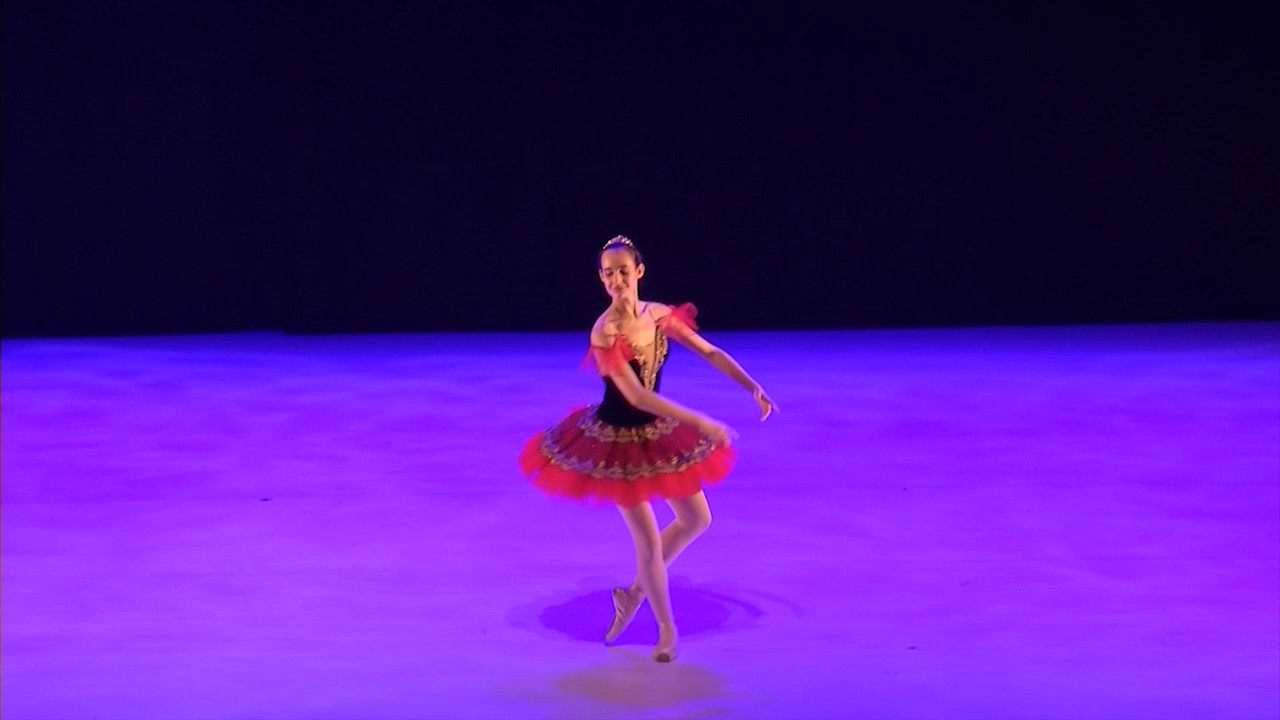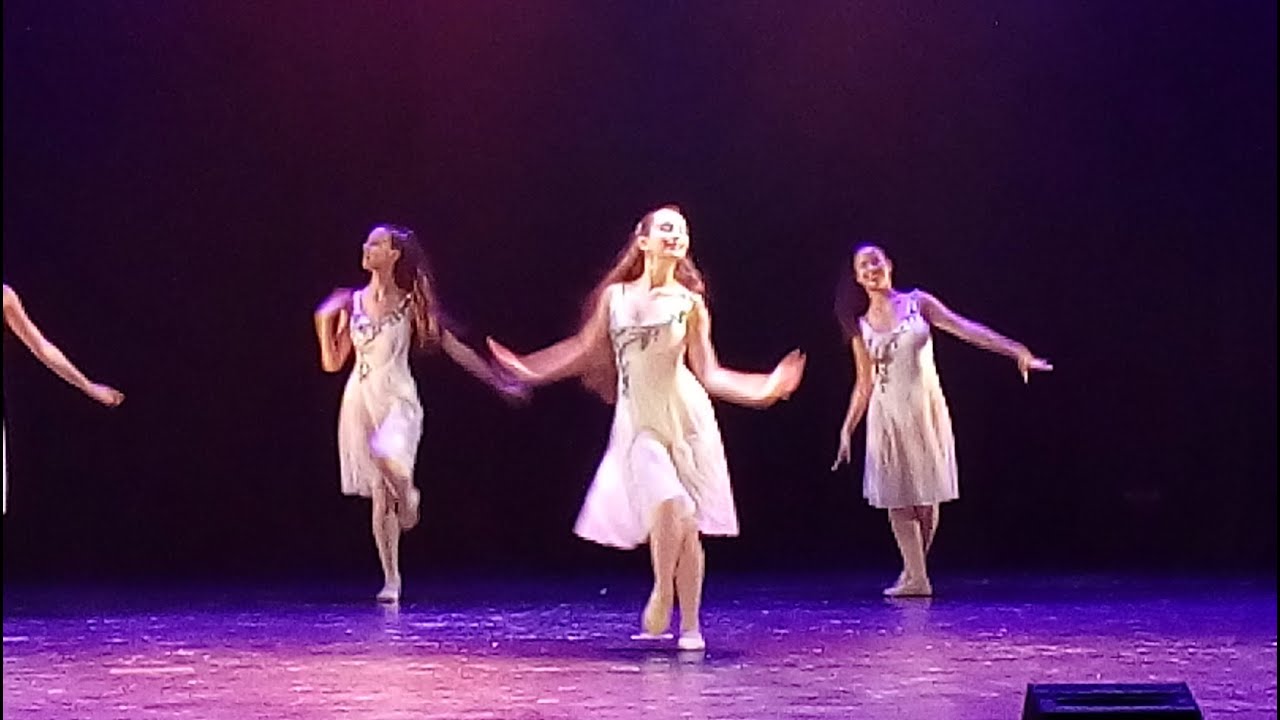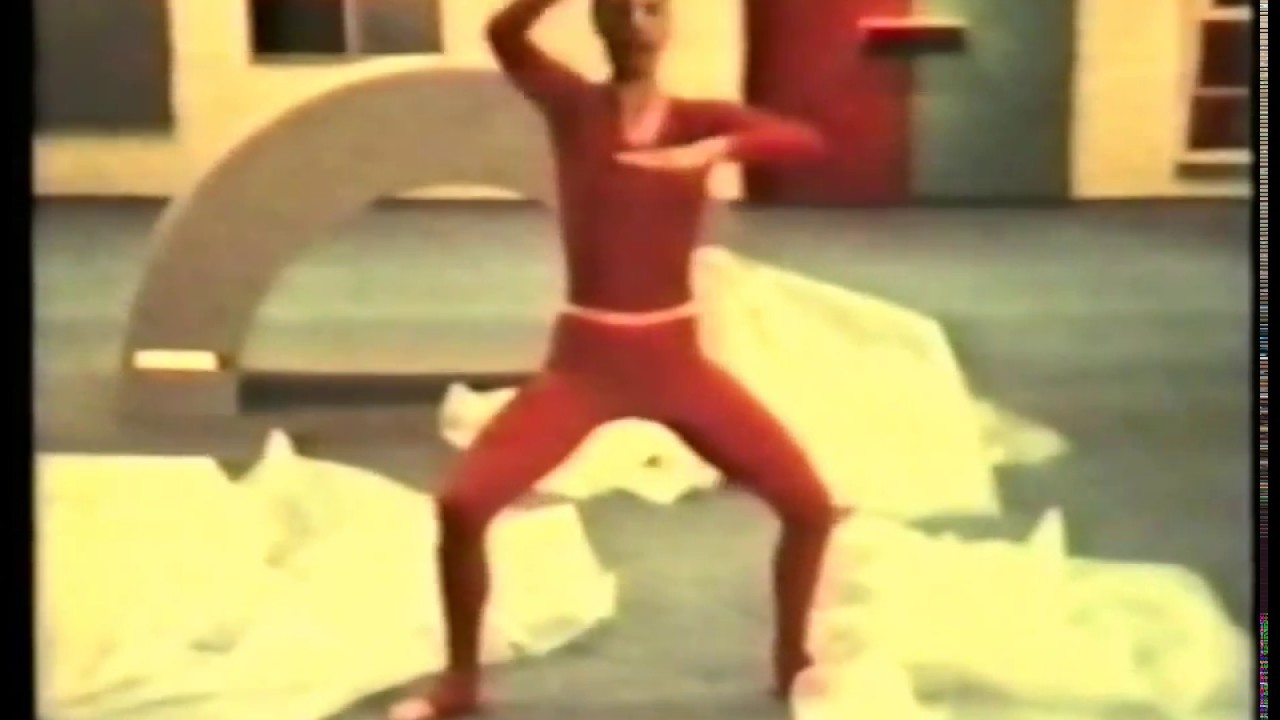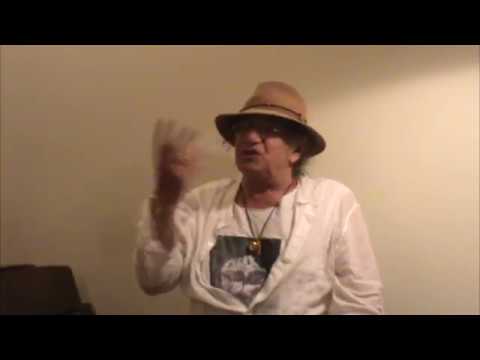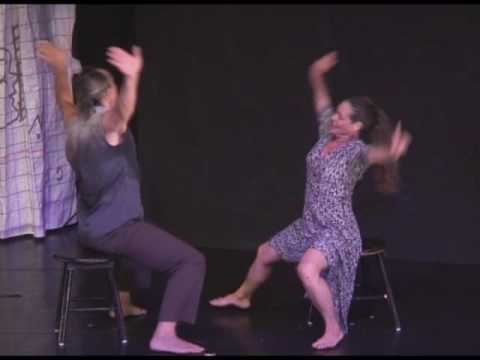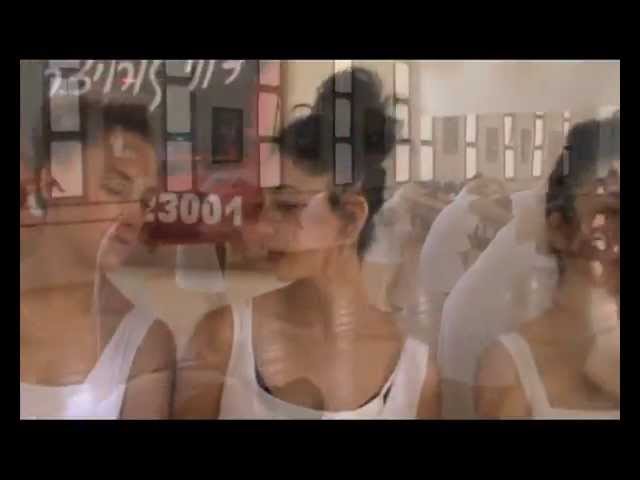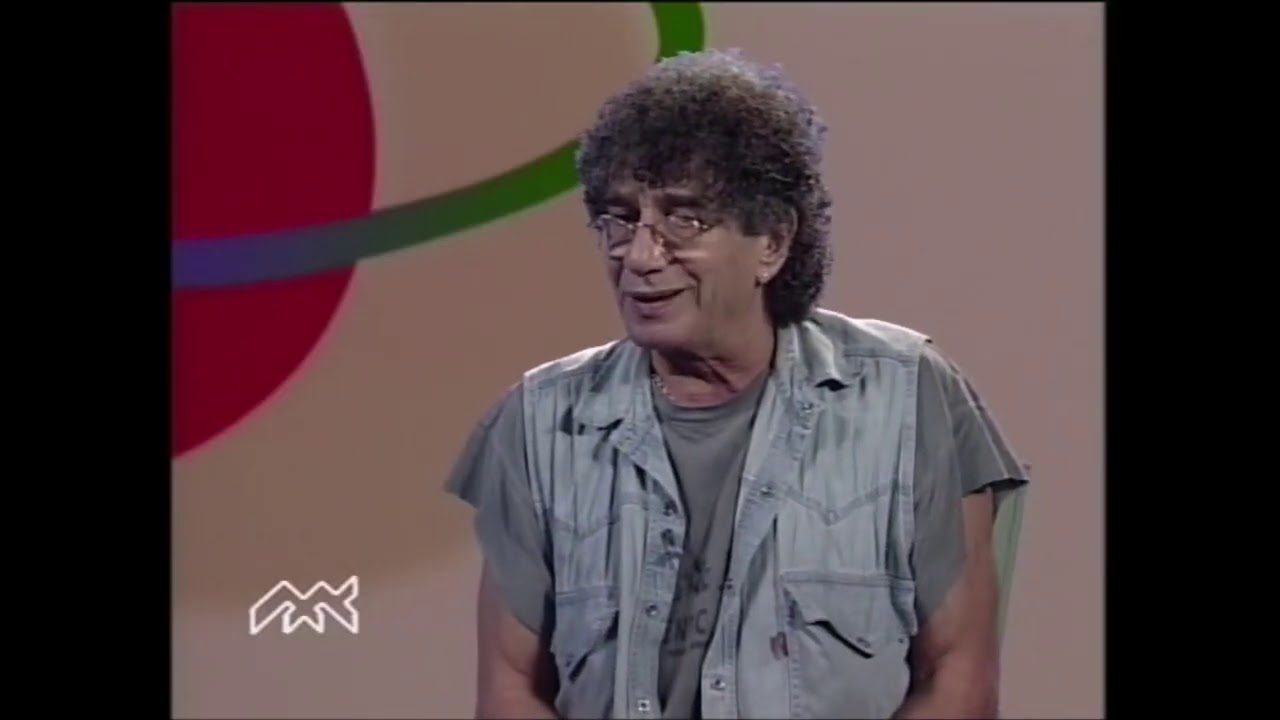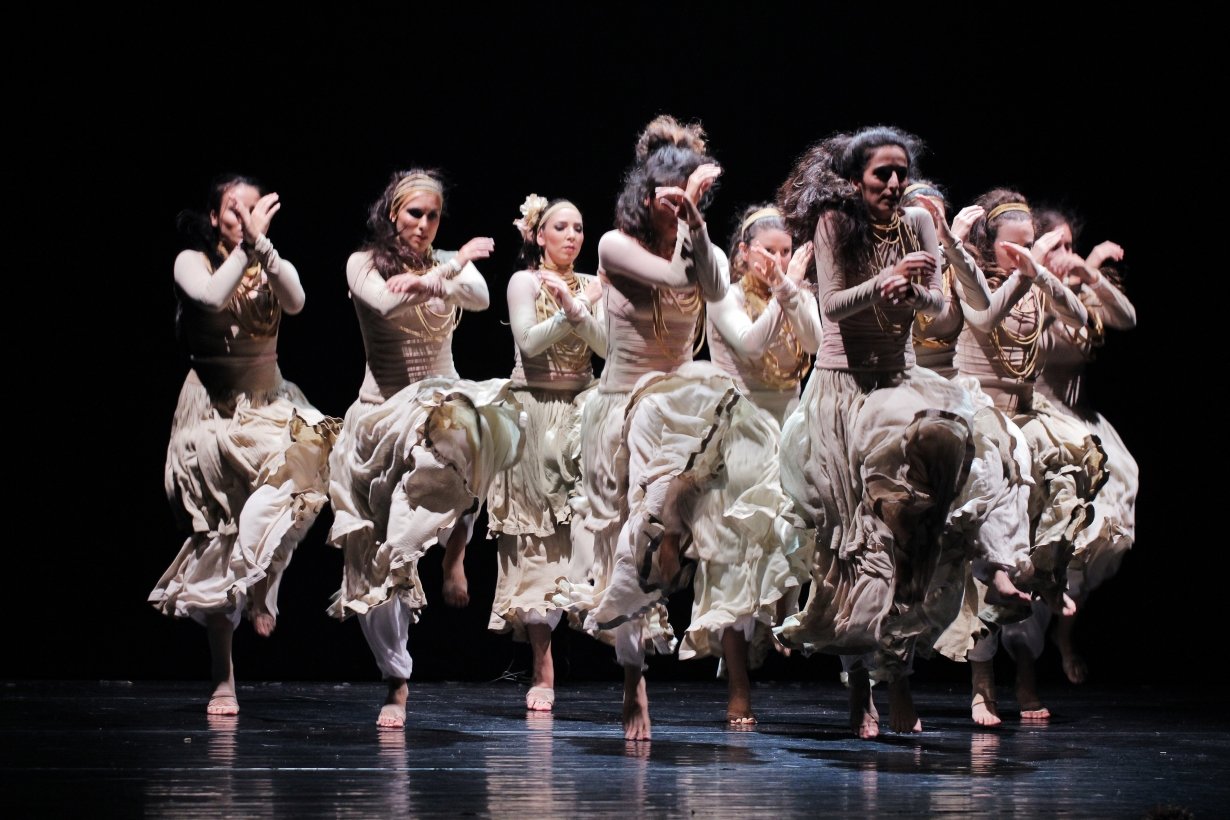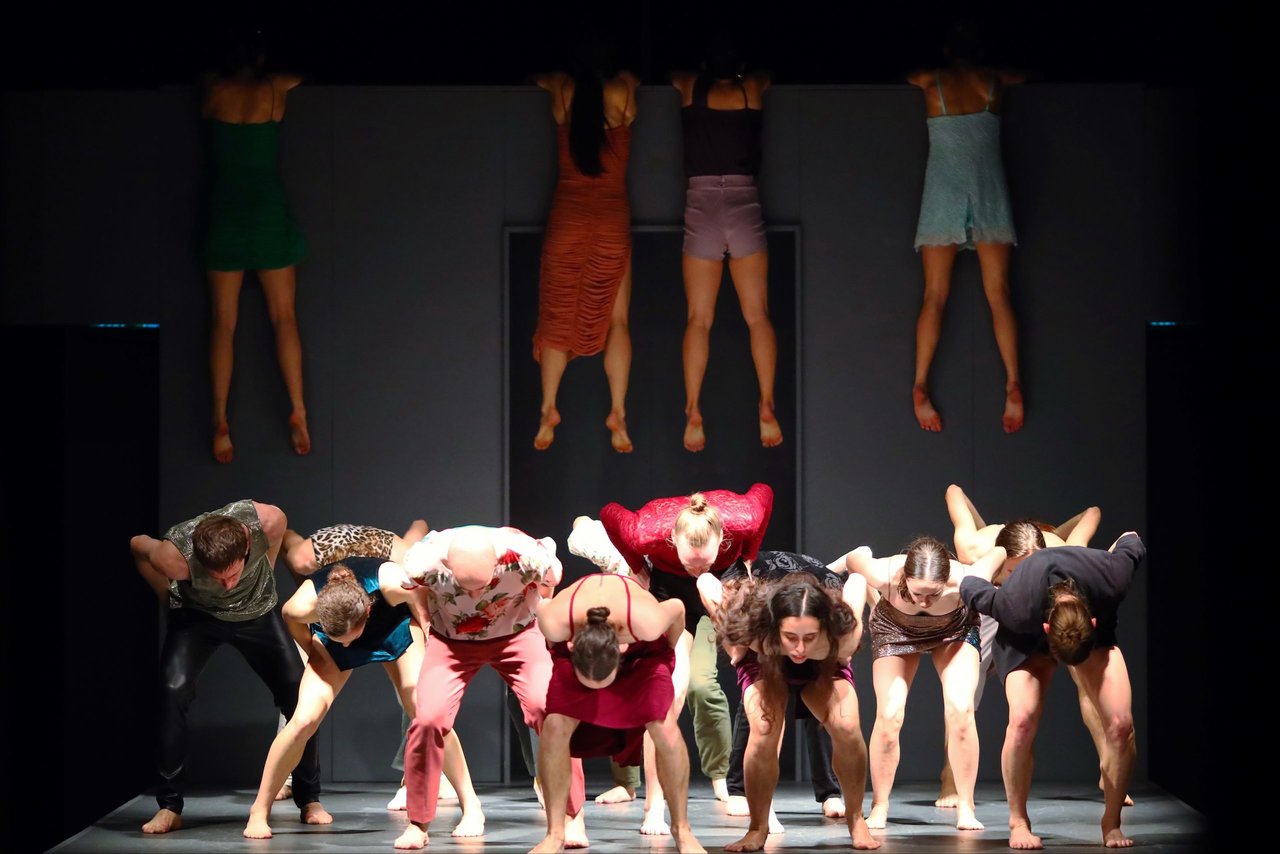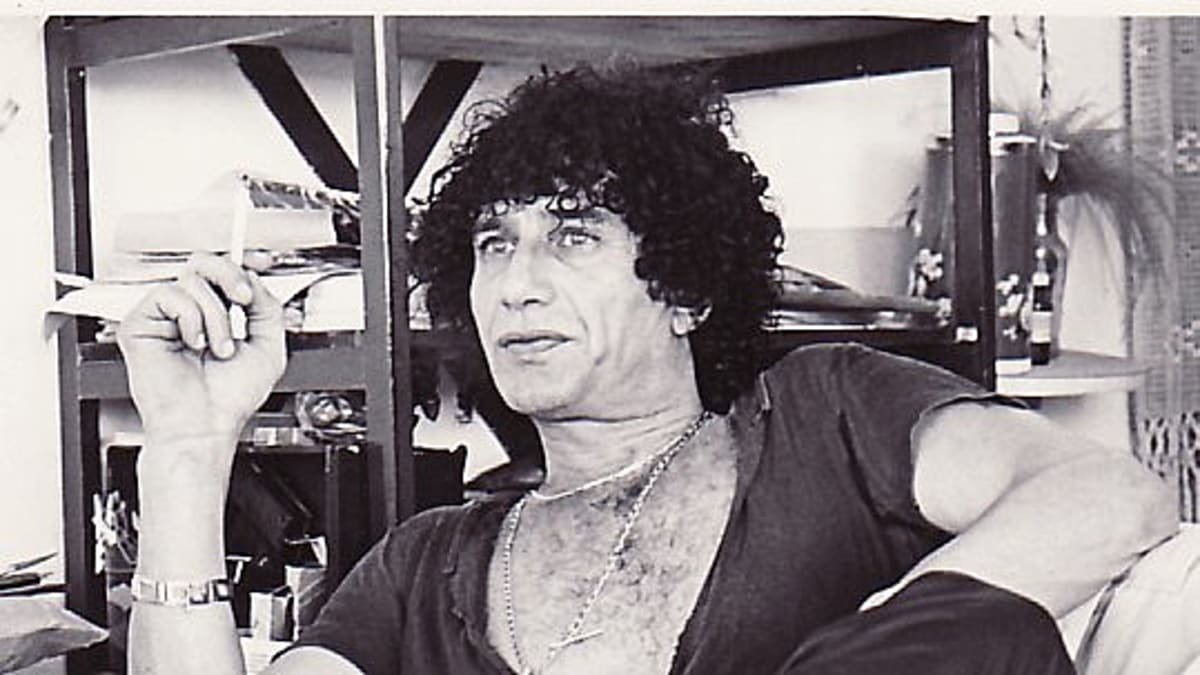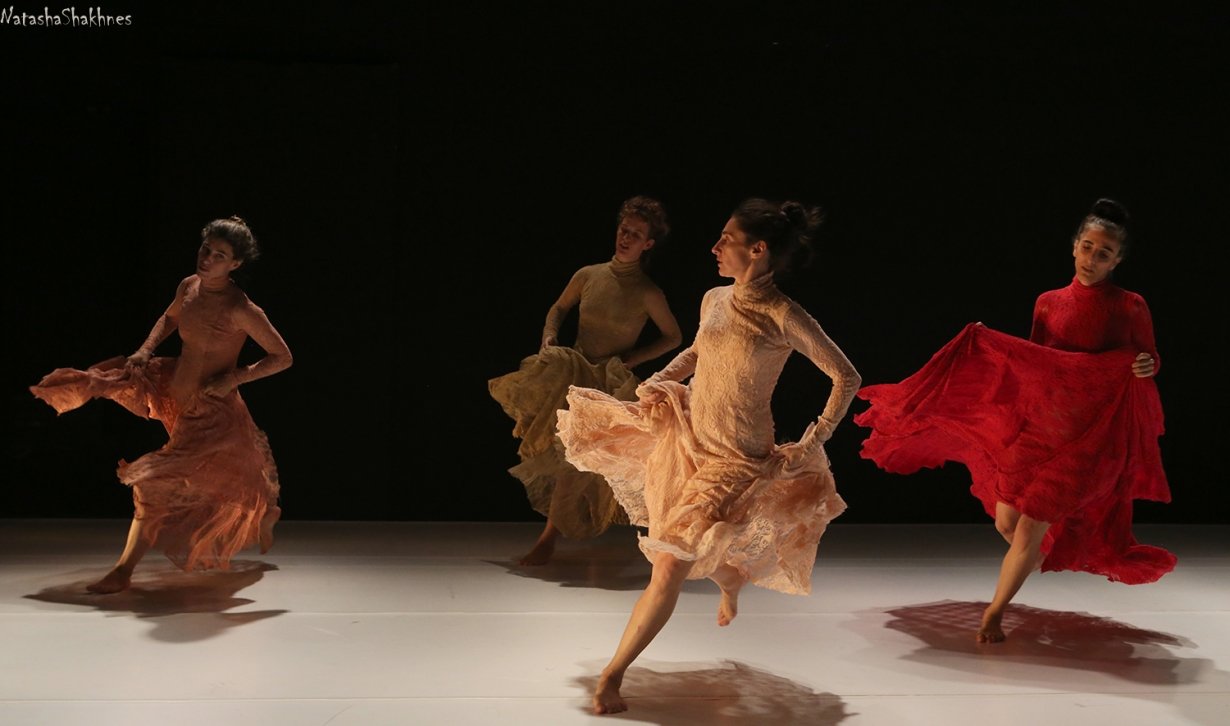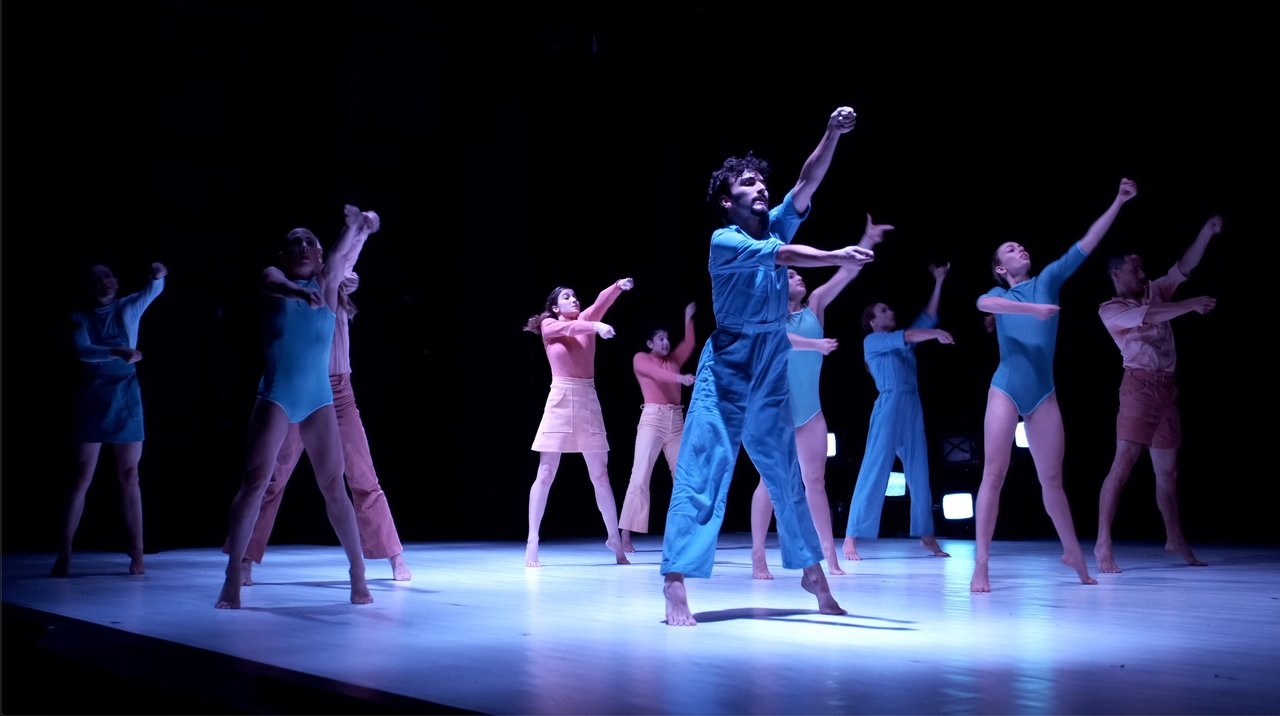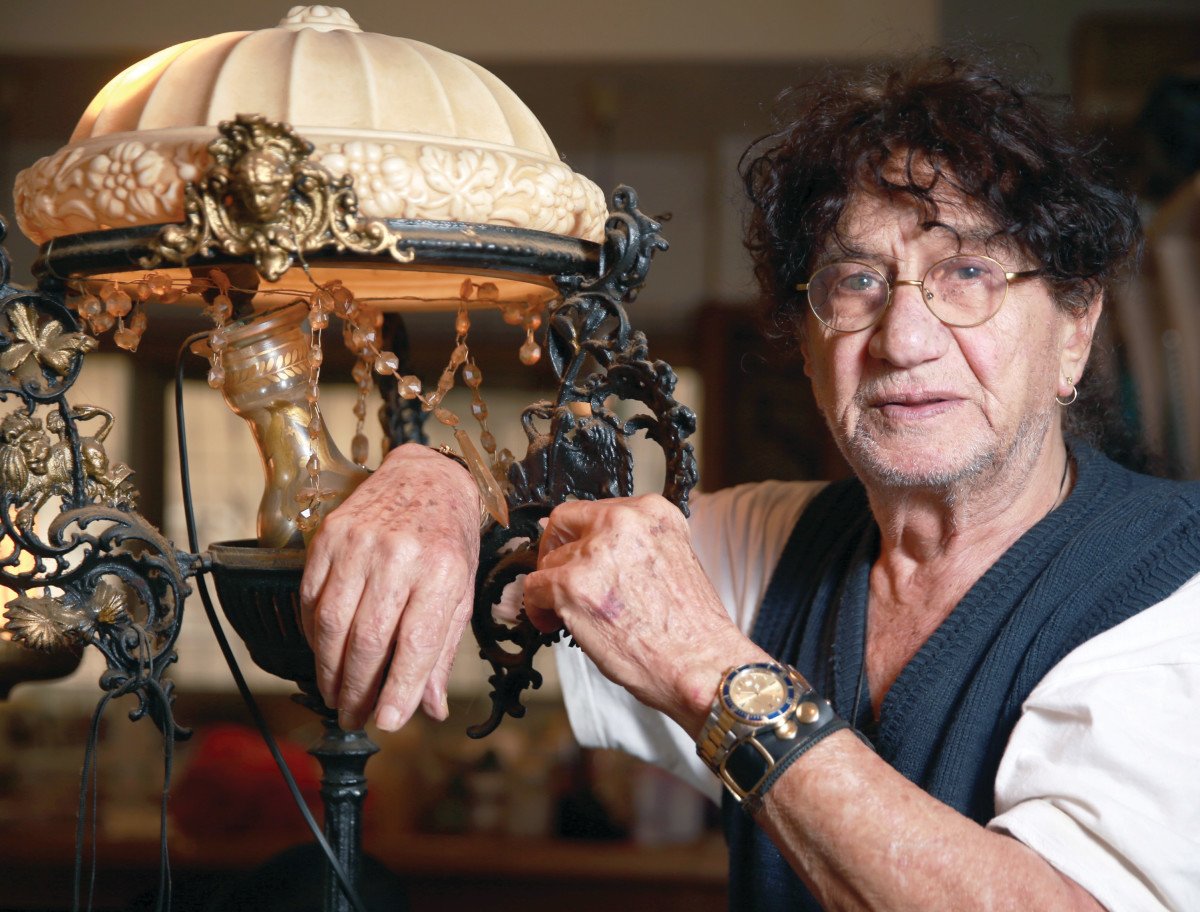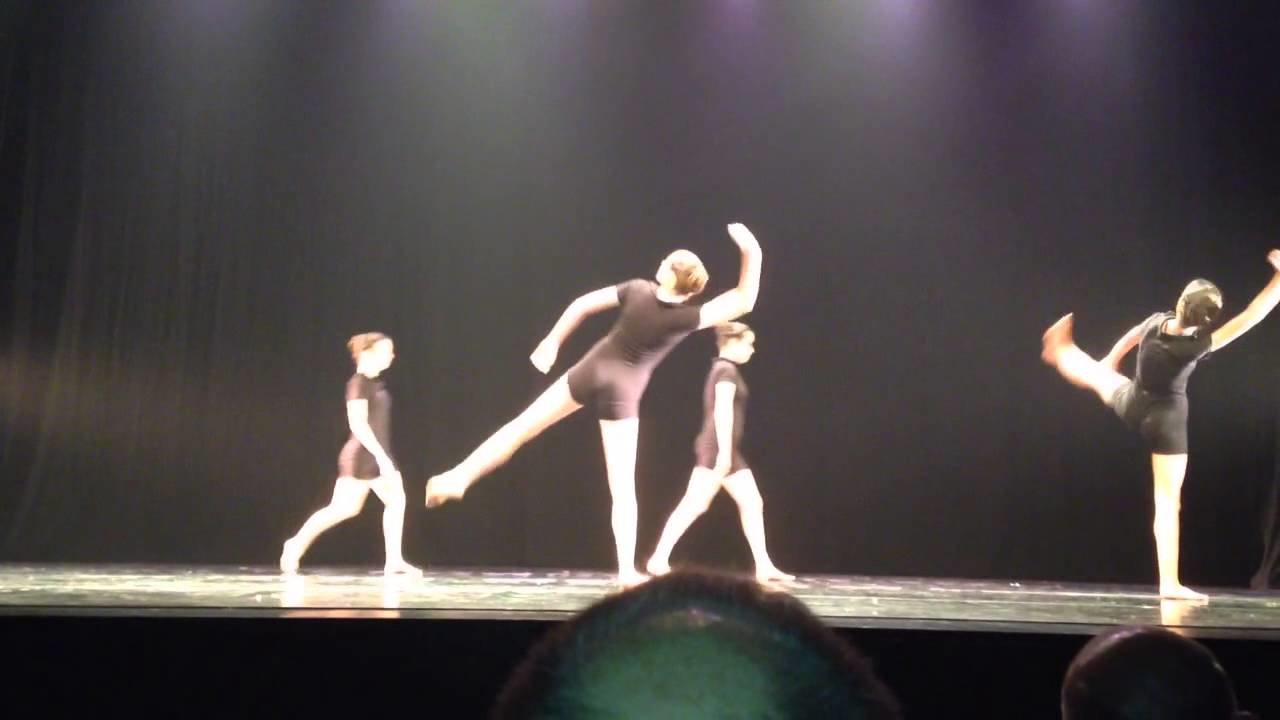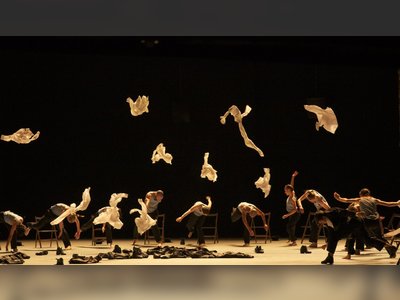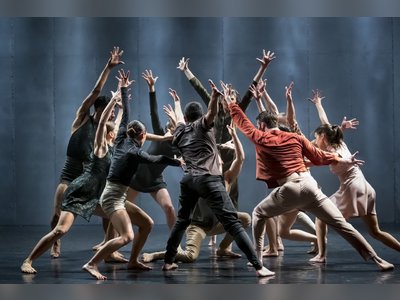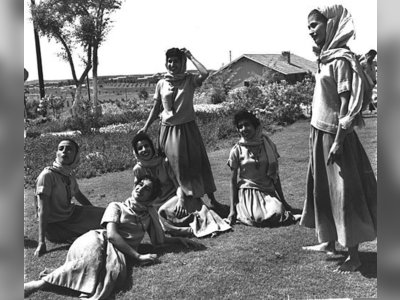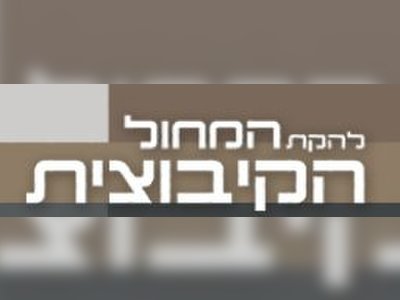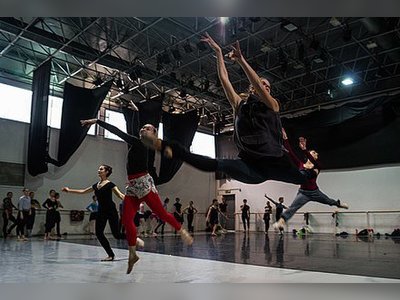Voice and Silence: A Tale of Modern Israeli Dance
Voice and Silence was a groundbreaking Israeli modern dance troupe, founded in 1978 by the dancer and choreographer Moshe Efrati. Sadly, the group's journey came to an end in 2001 due to economic difficulties. Voice and Silence represented a fusion of two dance groups led by Moshe Efrati – the Deaf Dance Troupe and Efrati's own ensemble, aptly named Efrati. The name of the troupe, "Voice and Silence," reflects the connection between hearing and deaf dancers.
The Deaf Dance Troupe
In 1965, Baroness Bat-Sheva de Rothschild, on behalf of the Deaf Association, approached dancer Moshe Efrati with a request to establish a movement class for a group of young deaf individuals. Efrati, one of the early dancers of the Bat-Sheva Dance Company and one of its principal soloists, reluctantly took up the challenge.
Despite the numerous obstacles he faced, Efrati recalled, "I didn't want to teach them at first... I almost gave up. But there was a magnetic pull between me and the deaf group. Something happened during our first encounter... through eye contact... a world was revealed to me that the hearing lacked... I discovered an incredible world, material beyond imagination... I knew I could absorb from them, not just give to them... these were the things that gave me the strength to stay with them."
For about four years, Efrati met with the deaf group twice a week. Alongside him were Esti (Esther) Nadler and Gabi Bar, both dancers in the Bat-Sheva Dance Company. In 1969, Efrati founded the "Deaf Dance Troupe." The troupe's repertoire included four works distinguished by a unique language combining movement and mimicry. Working with the young group was facilitated through wooden floor vibrations, and this approach was termed the "Vibration Method."
The Vibration Method
After a period of working with the deaf dancers, Efrati encountered a problem due to their deafness – his dancers couldn't receive a musical cue to start a movement sequence, limiting their stage mobility. To dance together or initiate a movement sequence at the right time, they had to constantly look at a specific dancer for cues to begin or end a movement.
During one studio rehearsal, a deaf dancer stood with his back to Efrati, holding a stick on the floor. Efrati wanted the dancer to turn around, not aware of the background with the stick in his hand. The deaf dancer turned his head towards Efrati.
By chance, the "Vibration Method" or "Rhythmic Circles" began to develop based on the vibrations generated by a strong strike on the floor. The deaf dancer felt the vibration passing through the soles of his feet and learned to interpret it as a signal for the development of a choreographic movement.
Efrati's Troupe
In 1973, dancers from the "Bat-Sheva" and "Bat-Dor" dance companies gathered around Moshe Efrati. They embarked on experimental work with the aim of finding an "Israeli" movement language for the repertoire of the two existing groups. The group underwent significant changes and eventually evolved into the "Efrati Troupe," integrating with the dancers of the "Deaf Dance Troupe" in the process. In 1975, the "Efrati Troupe" performed for the first time at the Cameri Theater in Tel Aviv, showcasing three works and another creation, "Man Begins His Day," which had both groups working separately on stage simultaneously.
As the vibrational element developed into a method and acquired two additional information channels – visual and physical – the two groups were gradually brought together on stage during the "Unison" section (a part performed as a unified movement). This was made possible thanks to the vibrations and vibrational cues, both unique to the work. In the third stage, the previous stages were merged into one, allowing for complex choreography and spatial possibilities. The subtle physical element served not only to provide cues and timing but also to produce a variety of movement qualities.
Through these developments, most of the difficulties stemming from hearing impairments were resolved, resulting in full integration between the two groups, enabling duets. The discovery and development of the "Vibration Method" at each stage allowed the "Deaf Dance Troupe" to seamlessly blend with the "Efrati Troupe," to the point where it was nearly impossible to distinguish deaf dancers from hearing ones.
"Voice and Silence" could now stand up to the same technical and performance standards as other dance troupes in Israel and around the world, evolving both choreographically and compositionally. This method, a unique global breakthrough, earned the troupe professional recognition and outstanding reviews in Israel and beyond.
In its early days, and throughout its first decade, an equal number of deaf and hearing dancers performed with the troupe. The troupe worked in various locations in Tel Aviv until it moved to its permanent home at 61 Harekonn Street in Tel Aviv in 1987. From 1980 until its closure, the troupe extensively toured, mainly throughout Europe, receiving critical acclaim.
Throughout its existence, the troupe received support from the Deaf Association in Israel, the American Keren Kinet Foundation, the International Doron Foundation, and the Ministry of Education and Culture.
- קול ודממה (להקה)he.wikipedia.org
